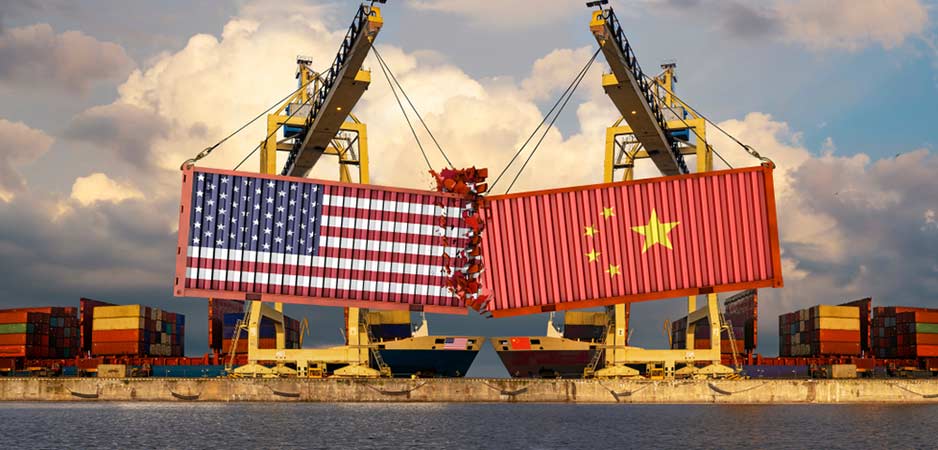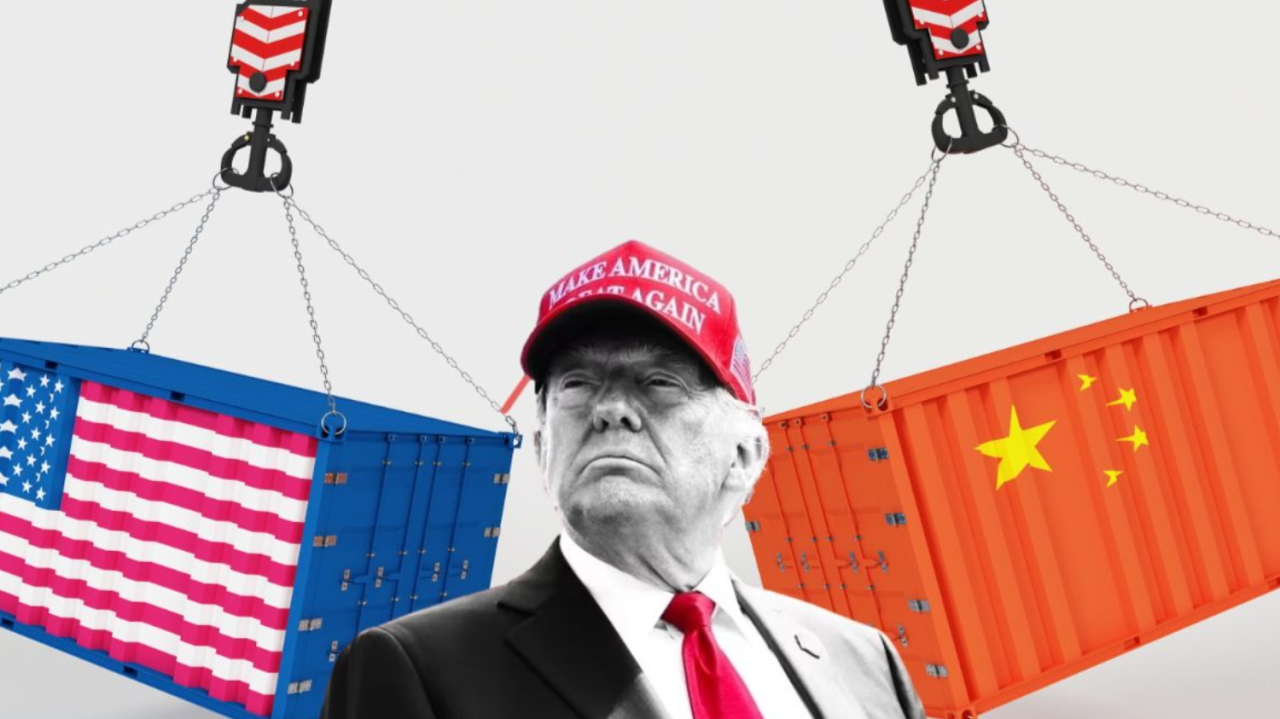The global e-commerce faces unprecedented disruption as Amazon actively surveys its third-party sellers to assess the far-reaching impact of President Trump’s escalating China tariffs. With tariff rates soaring to as high as 145% on Chinese goods, the world’s largest online marketplace is scrambling to understand how these trade policies are reshaping seller strategies, pricing models, and supply chain operations.
Amazon’s strategic account managers have begun reaching out directly to American sellers through detailed questionnaires, seeking insights into how current tariff policies affect procurement strategies, pricing decisions, logistics operations, and shipping plans to Amazon warehouses. This comprehensive data-gathering initiative reflects the company’s recognition of the existential challenges facing its seller ecosystem, particularly given that approximately 60% of Amazon’s online sales come from third-party sellers.
The timing of this survey is critical, as Chinese sellers on Amazon’s platform face what industry experts describe as an “unprecedented blow” to their business models. Wang Xin, head of the Shenzhen Cross-Border E-Commerce Association representing over 3,000 Amazon sellers, warns that the entire cost structure has become “entirely overwhelmed,” making survival in the U.S. market extremely difficult. With Wedbush Securities estimating that up to 70% of goods on Amazon originate from China, the implications extend far beyond individual seller profitability.
The survey comes as sellers grapple with a perfect storm of challenges: record-high tariffs, rising Amazon fees for storage and fulfillment, increased competition, and shrinking profit margins. Many sellers now face the stark choice between absorbing additional costs or passing them onto consumers through higher prices, fundamentally altering the competitive dynamics that have long defined Amazon’s marketplace.
Survey Methodology and Scope
Amazon’s seller relations team has strategically targeted select American sellers with comprehensive questionnaires designed to capture the multifaceted impact of tariff policies. The survey explores how tariffs have influenced sourcing strategies, pricing models, international shipping costs, and supply chain diversification efforts. Additionally, Amazon seeks to understand whether sellers have noticed changes in the platform’s own fee structures and how these factors collectively affect business sustainability.
The questionnaire format allows Amazon to gather granular data about operational challenges while maintaining direct communication channels with its seller community. This approach enables the company to identify specific pain points and potentially develop targeted support mechanisms for struggling sellers.
Price Increases and Market Response
Data from SmartScout reveals that approximately 25% of recent price increases on Amazon’s platform have originated from China-based sellers, directly correlating with tariff implementation. Despite Amazon’s assertion that these changes represent “a minuscule fraction of items” in their store, the trend indicates significant pricing pressure across key product categories.

CEO Andy Jassy acknowledged in May that while Amazon would “endeavor to do everything we can” to maintain low prices through supplier renegotiations, some third-party sellers would inevitably “need to pass that cost” of tariffs onto customers. This admission highlights the delicate balance Amazon must maintain between supporting sellers and preserving its competitive pricing advantage.
Strategic Implications and Future Outlook
The survey results will likely inform Amazon’s policy adjustments and support mechanisms for sellers the challenging tariff environment. As Chinese sellers contemplate price increases or market exits, Amazon faces potential supply chain disruptions that could affect product availability and pricing competitiveness.
The broader implications extend beyond Amazon’s marketplace, potentially reshaping global e-commerce patterns and supply chain strategies. As sellers explore alternative sourcing options and market diversification, the traditional China-centric manufacturing model that has dominated online retail may undergo fundamental transformation.

